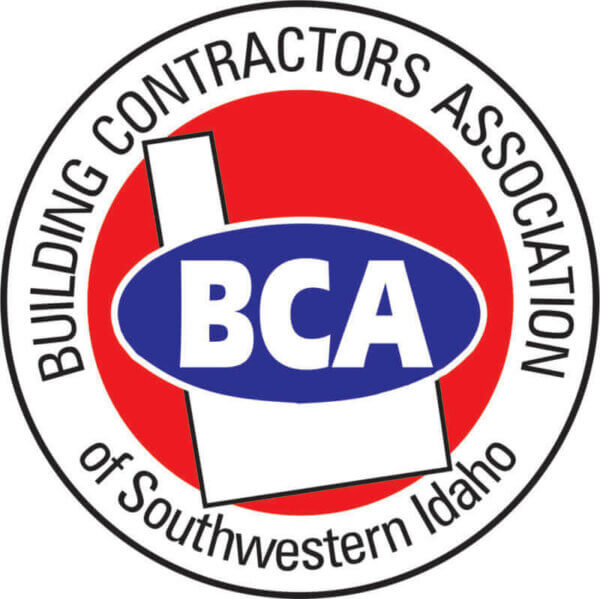Frequently Asked Questions About HVAC Parts And Repairs
When should I get a new chimney cap replacement?
Depending on your usage, we recommend inspecting your chimney cap every 6 or 12 months. Over time, moisture, creosote build-up, and other contaminants can create rust, which lowers its effectiveness.
How much does a chimney cap cost?
FAMCO has a wide variety of chimney caps to suit all commercial, residential, and climate needs. Our prices range from $26 to $250, and we carry everything from your standard cone top chimney cap to wind directional caps that help prevent downdrafts in windy areas. Our caps come in galvanized steel, copper, and aluminum. Feel free to contact us if you have any questions regarding availability or cost.
What should I consider when comparing chimney caps?
Before making a decision, consider the type of building, the weather in your area, and also the material to make an informed decision. Be sure to check whether your flue is square or round before making your decision. We also carry chimney cap adapters for masonry chimneys.
If I have a brick chimney, is it necessary to install a transition from masonry to metal chimney?
As mentioned above, this would apply if your chimney was built on-site with stones, bricks, or any other building material. To ensure proper installation of your new cap on these types of chimneys, the masonry to metal transition plays a crucial part in preventing backdrafts and properly venting smoke.
How does an add-on economizer benefit my existing HVAC system?
The purpose of an economizer is to rely on substitution as a basis of operation. Its core function is to reduce strain on your HVAC system as well as energy costs while providing your indoor environment with fresh air. The FAMCO IAQ Economizer runs differently in that users can switch between mechanical and fresh air cooling any time they want as well as well as being used in conjunction with CO2 and indoor air quality sensors.
What is a return air grill?
In short, a return air grill helps regulate the air entering the HVAC system via ductwork. In fact, return air grills are more crucial to your HVAC system than you may have thought, as without them, particulate matter would enter the ductwork unabated and may even find its way back into your home. Return air grills are typically outfitted with filters to help prevent this from occurring.
How do I install soffit vents?
Funny enough, we wrote an entire step-by-step guide on soffit vent installation from start to finish. Whether you’re looking to make an older home more energy efficient or cool down a stuffy, overheated attic, the benefit of soffit vents cannot be stressed enough and they must be installed properly to maximize their efficiency. Just be sure that you are installing the right amount of vents by using our attic ventilation calculator.
How does a motorized damper work?
A bad damper can wreak all sorts of havoc on the health of your indoor environment, which can ultimately result in sick building symptoms such as headaches, dizziness, and fatigue. Motorized dampers communicate with the thermostat in your home by regulating the amount of air flow coming into your home. In short, more control over your indoor environment and energy costs.
What is the difference between a barometric damper vs a backdraft damper?
While their function is basically the same, barometric dampers are used to relieve pressure that can build up in your ductwork and potentially damage your HVAC system, and backdraft dampers allow contaminated air to be vented out of your home while preventing contaminants from re-entering the home.
How does a return air vent work?
Return air vents allow stale, contaminated air to re-enter the HVAC system or be dispersed outside. The filter prevents most, if not all, contaminants from being recycled back into your indoor environment, and allow the HVAC system to run as efficiently and last as long as possible.
Are return air vents necessary?
Yes. In order for your HVAC system to run as efficiently as possible, it’s necessary to trap all contaminants in the outgoing air for either outdoor dispersal or used to maintain your indoor environment. Either way, return air vents reward you with reduced energy costs and a longer life for your HVAC system.
Which way do soffit vents face?
When installing soffit vents, be sure that their open louvers are facing in towards the house. This will prevent debris or moisture from entering the attic while also providing passive cooling that is not visible from the outside.
How do I install foundation vents?
Replacing foundation vents simply involves removing the old foundation vent, cleaning the edges of the vent hole, and installing the new one. However, adding one to your home requires checking for wires, drilling holes through the foundation, and tools like a drill, hammer, chisel, and metal cutting tool if any rebar gets in the way. if you’re unsure about performing these steps, protect your investment and yourself by calling a professional.






